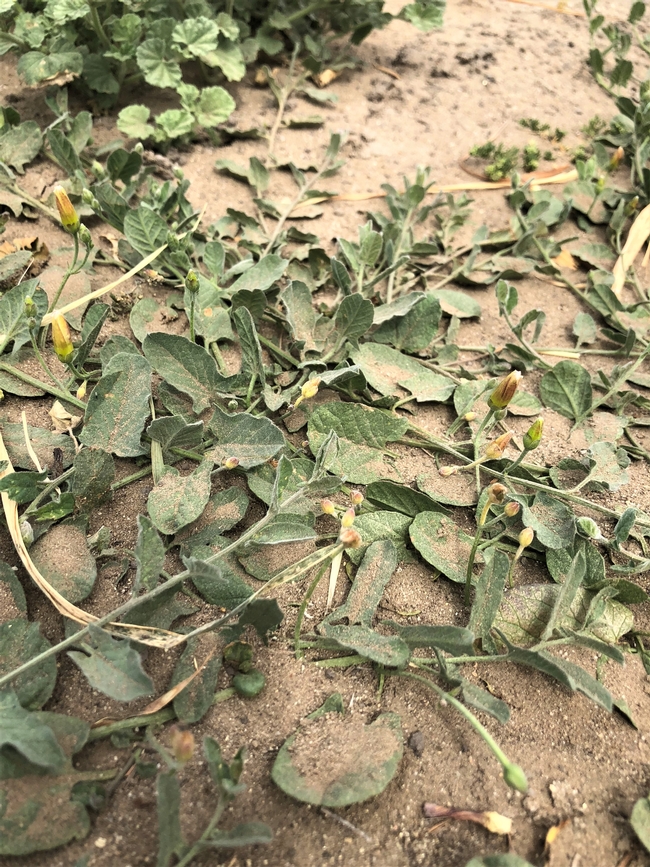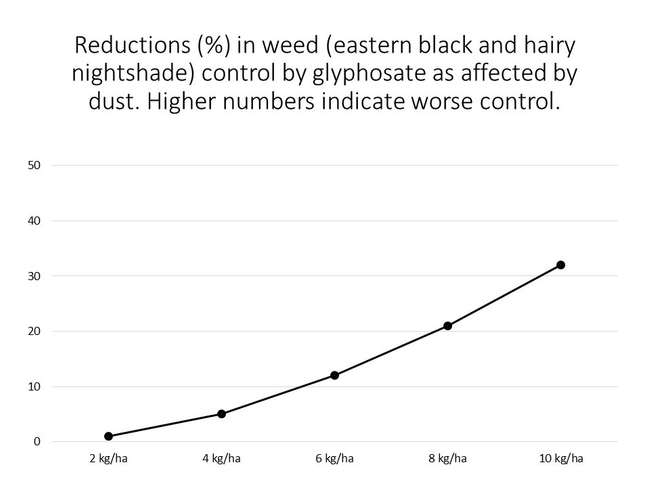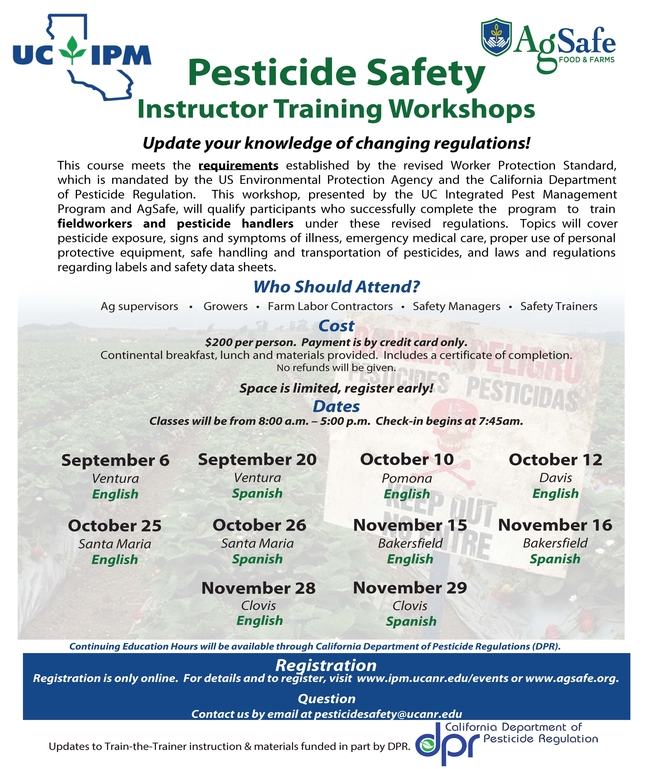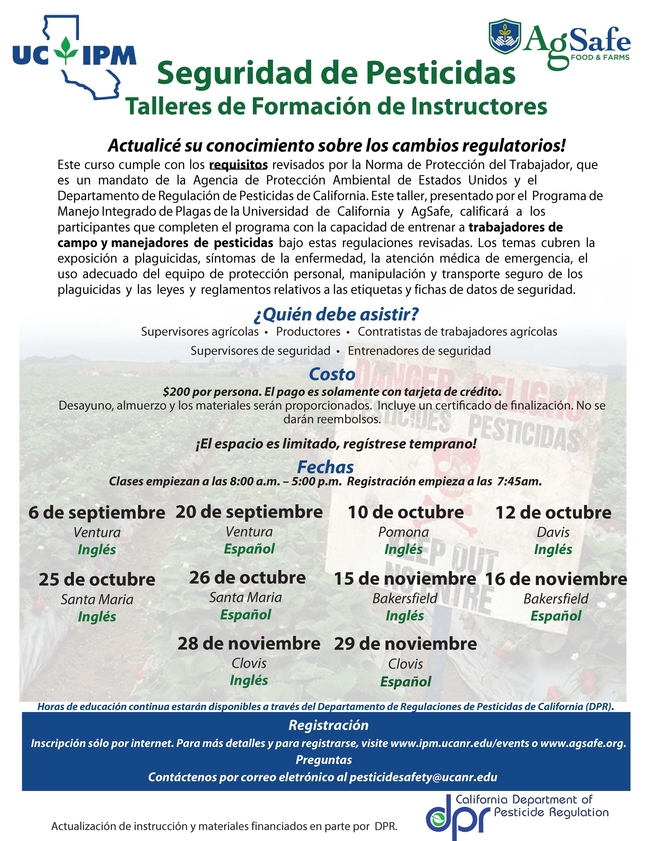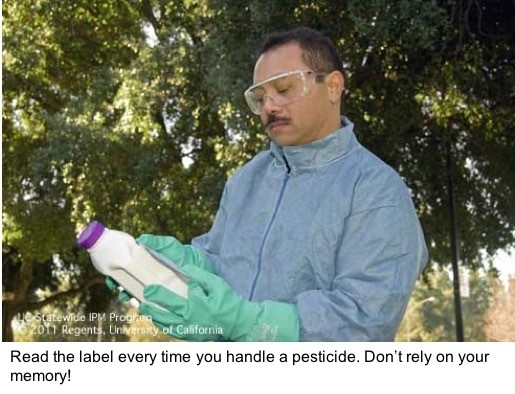
Posts Tagged: glyphosate
Glyphosate Resistance in Orchards
There has been a good overall discussion of herbicide resistance found in plants and how they can affect orchard management. Check out this presentation by UC Cooperative Extension Weedologist, Brad Hanson, in the "past Webinars" section:
https://ucanr.edu/sites/ucexpertstalk/
And read more about glyphosate resistance in orchards:
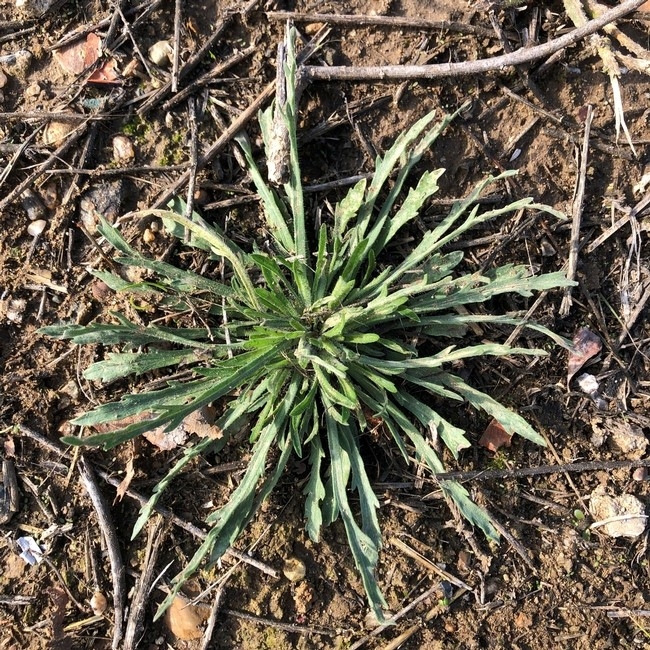
hairy fleabane 1
The Round UP on Glyphosate Use in Tree Crops
UC Ag Experts Talk:
Managing Glyphosate-Resistant Weeds in Orchard Crops
Description: One hour webinar about glyphosate-resistant weed management in orchards, delivered by Dr. Brad Hanson. One CEU (other) from the DPR is approved.
Time: Apr 24, 2019 3:00 PM in Pacific Time (US and Canada)
Recorded version will be published on UC IPM YouTube channel about a week after the webinar.
The link to register is https://ucanr.zoom.us/webinar/register/WN_96wd2GBMQl2Ou4i4oSwTTg
More information about the webinar series UC Ag Experts talk: https://ucanr.edu/sites/ucexpertstalk/
Speaker
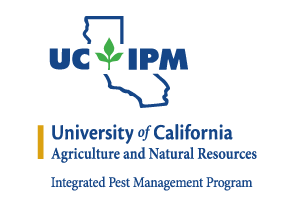
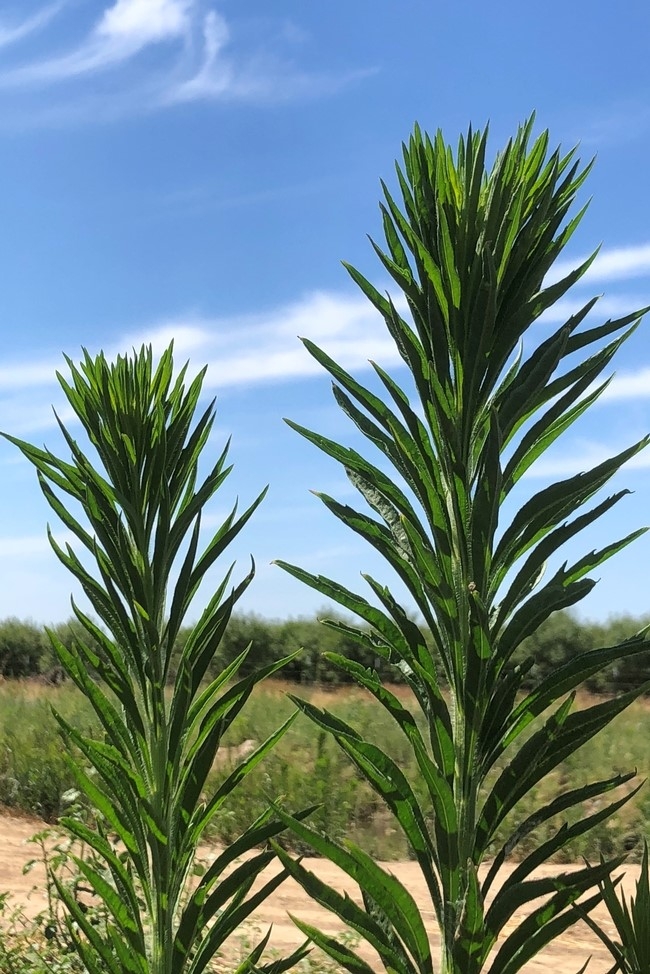
horseweed bolting
Italian Ryegrass Resistance to Herbicides
WESTMINSTER, Colorado - November 23, 2018 - Herbicides have been instrumental in managing Italian ryegrass, a weed that frequently competes with perennial crops in California. Herbicide-resistant populations have become increasingly commonplace, though, including paraquat-resistant Italian ryegrass found recently in a California prune orchard.
A team of scientists set out to determine if the paraquat-resistant population might also be resistant to other postemergence herbicides. Seven other herbicides commonly used in fruit tree and nut tree crops were included in the study, including clethodim, fluazifop-P-butyl, glufosinate, glyphosate, pyroxsulam, rimsulfuron and sethoxydim.
Researchers found the paraquat-resistant population was also resistant to both clethodim and glyphosate. Among the remaining herbicides, glufosinate, rimsulfuron and sethoxydim were found to deliver the best postemergence control. Unfortunately, though, other populations of Italian ryegrass have developed resistance to the three herbicides, indicating their effectiveness may be short-lived.
"Overreliance on postemergence herbicides from a variety of chemical classes can result in weed populations that exhibit multiple resistances," says Caio Augusto Brunharo, a postdoctoral research fellow at the University of California, Davis. "Effective herbicide-resistance management programs are necessary for sustainable weed control."
The researchers recommended a number of preemergence herbicides as control options for Italian ryegrass in fruit and nut tree crops, including tank mixes containing indaziflam and flumioxazin.
###
Full text of the article, "Multiple Herbicide-Resistant Italian Ryegrass (Lolium multiflorum) in California Perennial Crops: Characterization, Mechanism of Resistance and Chemical Management" is now available in Weed Science Volume 66, Issue 6.
About Weed Science
Weed Science is a journal of the Weed Science Society of America, a nonprofit scientific society focused on weeds and their impact on the environment. The publication presents peer-reviewed original research related to all aspects of weed science, including the biology, ecology, physiology, management and control of weeds. To learn more, visit http://www.

italaian ryefrass resistance
Dust and Roundup
Agronomy and Weed Science Advisor, Merced County
It's getting hot and dry in the Central Valley and the movement of equipment in and out of fields/orchards/vineyards has the potential to stir up a significant amount of dust. Among its other impacts to agriculture (soil erosion, tissue damage, reduced photosynthesis, etc...), wind blown dust can reduce the efficacy of glyphosate, which is an important tool for the management of weeds in trees and vines, along rights-of-ways, and in glyphosate-tolerant agronomic crops (e.g. corn, cotton, alfalfa) in CA.
The adoption of glyphosate has been facilitated, at least in part, by it's relative lack of soil activity (Miller et al. 2013; Zhou et al. 2006). Glyphosate can become tightly adsorbed to soil particles (depending on clay and organic matter content, pH, cation exchange capacity, etc...), thereby reducing the potential for crop injury via root uptake. The ability of glyphosate to bind to soil also contributes to it's reduced efficacy in certain situations. Specifically, dust that settles on weed leaf surfaces (Figure 1) can negatively impact glyphosate performance due to binding/inactivation.
Figure 1. Dirt on field bindweed (Convolvulus arvensis) leaves
The detrimental effects of dust on glyphosate performance have been described by Zhou et al. (2006) and Boerboom et al. 2006). Results from Zhou et al. (2006) showed that dust applied to the surface of eastern black (Solanum ptychanthum) and hairy (Solanum sarrachoides) nightshades reduced weed control, with greater amounts of dust resulting in greater reductions in herbicide efficacy (Figure 2). In a study conducted by Boerboom et al. (2006), dust was deposited over the tops of plots of common lambsquarters (Chenopodium album); water was then used to remove the dust treatment from ½ of the plots prior to a glyphosate application. Similar to the results achieved by Zhou et al. (2006), the occurrence of dust visually reduced common lambsquarters control (relative to the plots where the dust had been washed away). Results from both sets of studies show that dust generation has the potential to significantly impact glyphosate performance'
Figure 2. Percent reduction in weed control by glyphosate as affected by the rate of a silty clay dust applied to the leaves of two nightshade species. Greater numbers on the Y-axis indicated greater reductions in control.
Adapted from Zhou et al. (2006) Weed Science 54:1132-1136.
A few closing thoughts about dust and it's impact on weed control:
- Be mindful of how soil disturbance (cultivation, farm traffic, etc...) affects dust production.
- Make glyphosate applications in advance of crop production events that are likely to generate substantial amounts of dust.
- Sprinkler irrigation may be able to remove dust from the leaves of weeds under some situations. Glyphosate applications should be made after the leaves have dried but before more dust can be deposited.
- Soil particles in spray water can also bind to glyphosate and reduce herbicide efficacy; only clean water should be used to fill spray tanks. (Not actually dust related, but a good practice to remember)
Citations:
Boerboom, C. et al. (2006) Factors affecting glyphosate control of common lambsquarters. Proceedings of the North Central Weed Science Society 61:54.
Miller, T. et al. (2013) Glyphosate stewardship: Maintaining the effectiveness of a widely used herbicide. ANR Publication 8492. https://anrcatalog.ucanr.edu/pdf/8492.pdf
Zhou, J. et al. (2006) Soil dust reduces glyphosate efficacy. Weed Science 54:1132-1136.
Note: An earlier version of this post is available at the following website: http://treefruit.wsu.edu/dust-can-affect-weed-control-with-glyphosate/

